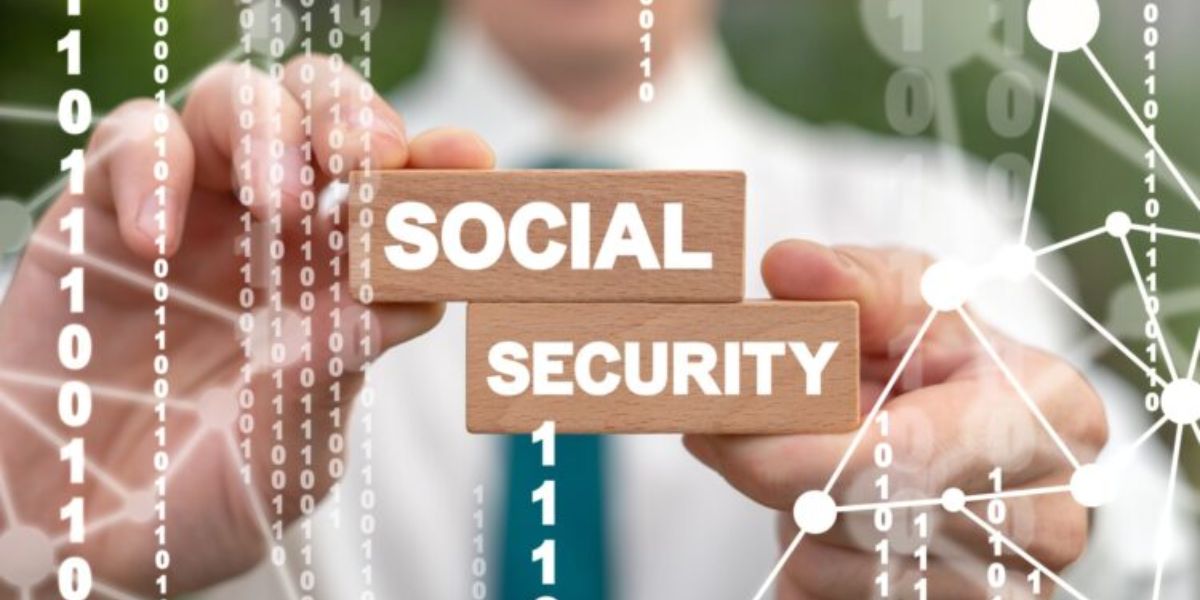Federal collections restart means up to 15 percent of monthly benefits could disappear for millions of older borrowers.
Older Americans who fell behind on federal student loans are discovering that their hard‑earned Social Security income is suddenly on the line.
With the Department of Education restarting involuntary collections this month, borrowers who rely on those benefits for rent and groceries could see smaller deposits as soon as their next payment.
Federal student loan collections can claim up to fifteen percent of monthly Social Security benefits
Worried this could be you? The Treasury Offset Program can withhold up to 15 percent of each check once a loan is in default—yet it must still leave at least $750 in your pocket. Sounds modest, right? Think again: the Consumer Financial Protection Bureau warns that about 5.3 million borrowers are at risk, and roughly 425,000 of them are 62 or older. If you receive $1,400 a month, the maximum offset is $210, reducing your deposit to $1,190.
Which debts can touch your Social Security benefit and lead to garnishment? Before you panic, remember that most creditors can’t touch Social Security. However, these federal or court‑ordered obligations can:
• Past‑due federal student loans
• Unpaid federal taxes
• Court‑ordered child support or alimony
• Court‑ordered criminal restitution
Safeguards leave at least $750 but many retirees will still feel the pinch
Why does that $750 floor matter? Imagine a beneficiary getting just $900 a month—15 percent is $135, but the offset stops at $150 because the law must leave $750 untouched. Child‑support orders play by harsher rules, taking up to 65 percent with no safety net. Ouch.
| Monthly benefit | Max student‑loan offset (15 %) | Benefit after offset |
|---|---|---|
| $900 | $150* | $750 |
| $1,400 | $210 | $1,190 |
| $2,000 | $300 | $1,700 |
*Offset capped to preserve the $750 floor.
Steps borrowers can take now to avoid or reduce Social Security garnishment quickly
So, what can you do today? First, contact your loan servicer and ask about the Fresh Start program, which brings a defaulted loan current and halts offsets.
Second, consider income‑driven repayment; a zero‑dollar payment can still suspend collections if your income is low enough. Finally, talk with a nonprofit credit counselor or a Social Security‑savvy advisor to craft a plan before the offset hits.
Social Security isn’t the untouchable safety net many assume. For older borrowers in default, the restart of federal collections could mean leaner budgets at a time when every dollar counts. Acting now may keep more of those dollars in your wallet.



